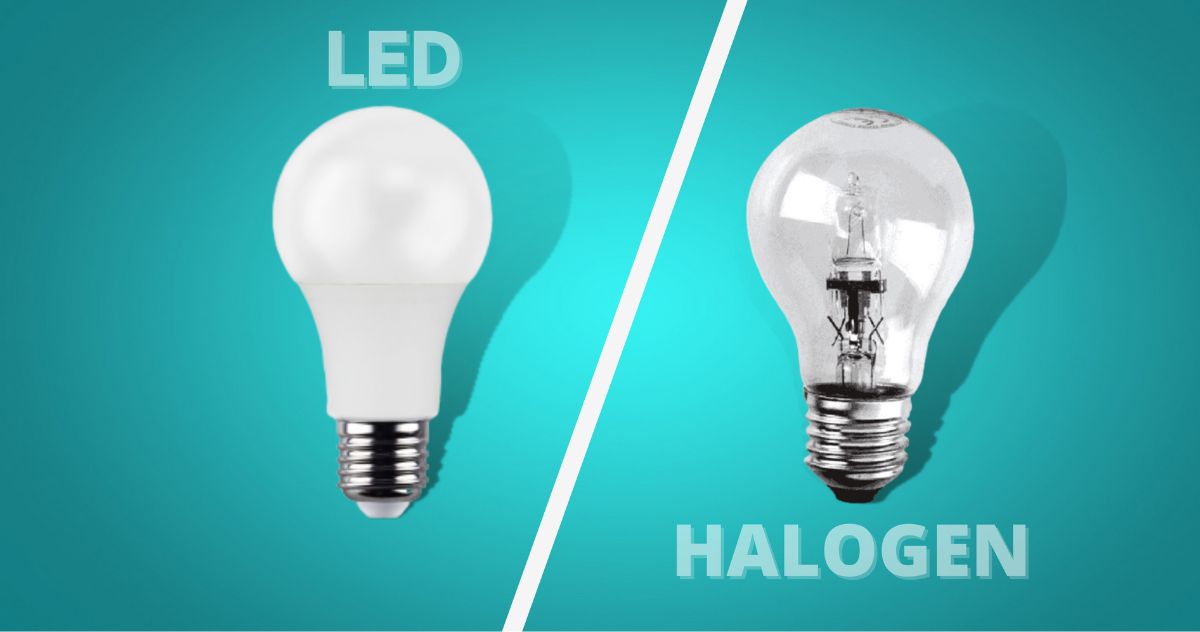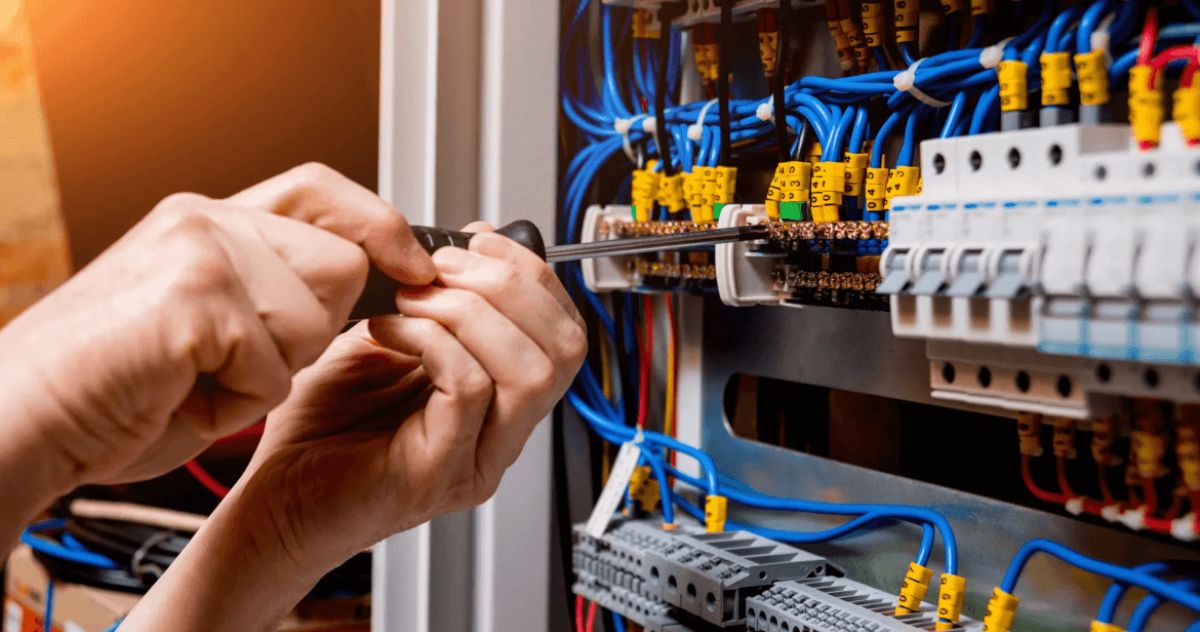Now that incandescent light bulbs belong to the history books, building owners and city officials must choose from compact fluorescent (CFL), halogen, and LED (LED) lamps to illuminate built and natural environments.
Current, looks at each technology and explains why LED is materialising the clear winner in most cases:
Halogen
Halogen bulbs have a tungsten filament a bit like incandescent bulbs, but halogen bulbs are also crammed with halogen gas. When the bulb is ignited, tungsten from the filament is evaporated into the bulb’s gas, providing illumination. The halogen gas then transports the evaporated tungsten particles back to the filament and re-deposits them. This generates lower energy use for the bulb.
Best Applications:
Display lighting where users want to spotlight merchandise or outdoor applications where bright light is needed; like the office lamps.
Key Features:
-
Many are 10-20 percent more energy-efficient than the incandescent bulbs
-
Instant start (halogens don\'t experience the delayed warm-up related to CFLs)
-
Fully dimmable
-
Produces a bright, crisp light
LED
LEDs are light sources that become illuminated by the movement of electrons through a semiconductor material.
Best Applications:
Virtually all indoor, outdoor, and roadway applications where incandescent was traditionally found, especially where lights are left on for extended periods and changing bulbs isn\'t easily done.
Also fitting in linear applications, like under-cabinet lighting, where light sources with thin profiles are needed.
Key features:
-
Can spend to 75 percent less energy than incandescent
-
Can last up to 25 times longer than incandescent and halogen, and up to 3 times longer than most CFLs
-
Instant start
-
Cooler to the touch
-
Robust (no filament to break)
-
Small LED chips to permit for more compact, design-forward fixtures, also because the illumination in tight areas
-
Most emit light during a specific direction, versus altogether directions, but Current’s traditionally shaped LED bulbs are omnidirectional (designed to emit light all around, sort of a standard incandescent light bulb)
Why LED is leading
LEDs have come to prominence within the market, and therefore the potential for more is at hand. While CFL and halogen lamps won’t disappear overnight, more customers are choosing LEDs, and not only for energy and maintenance savings.
Smart LED lamps and fixtures are enabling intelligent environments everywhere on the planet . Lighting forms a ubiquitous network for deploying digital infrastructure—LED lamps with built-in sensors and transmitters can capture “data within the world” that helps businesses and cities run more efficiently and effectively.
When comparing CFL to halogen to LED, it\'s perhaps most vital to recollect everything else lighting can do now that incandescent has gone away.




Leave a Reply
Your email address will not be published. Required fields are marked *